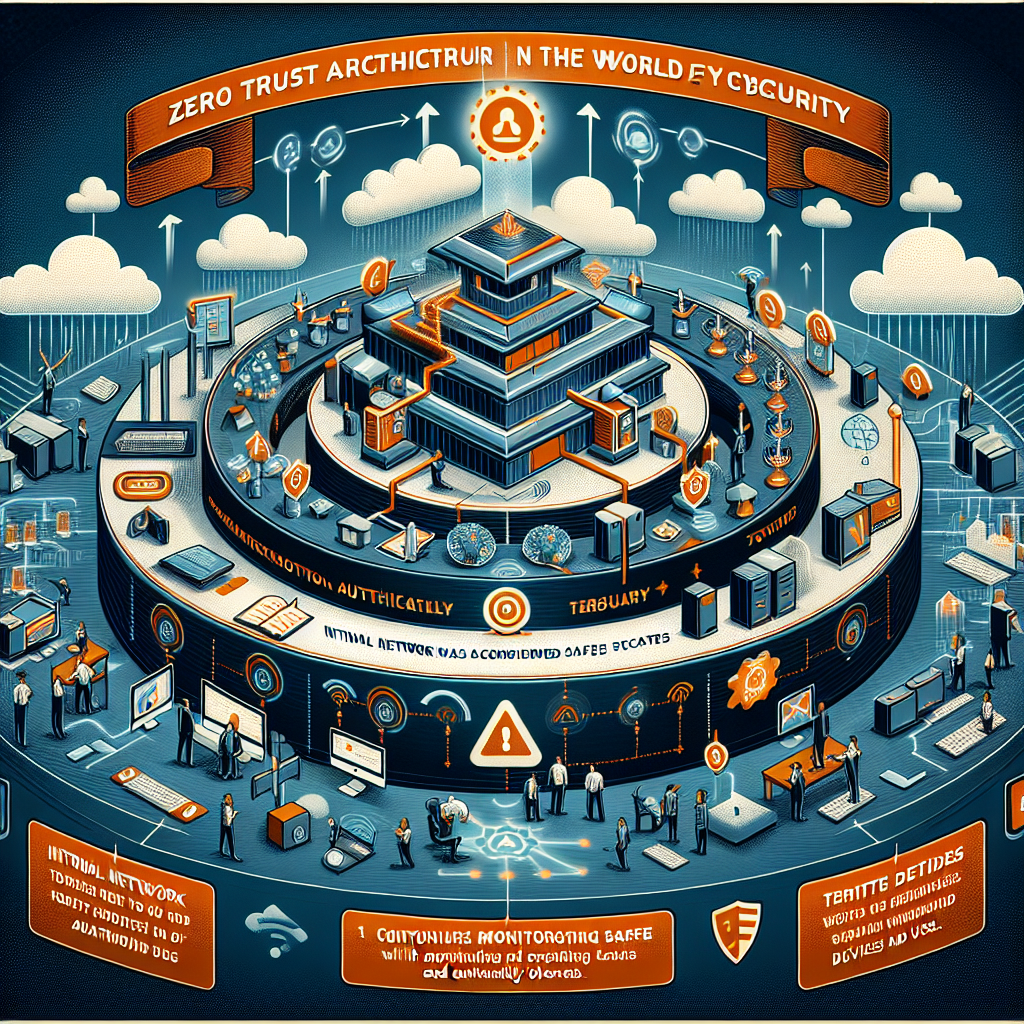In the rapidly evolving world of cybersecurity, one concept has been consistently gaining traction: Zero Trust Architecture (ZTA). This model shifts the traditional cybersecurity paradigm by asserting that threats, both external and internal, are omnipresent and constant vigilance is essential.
Zero Trust Architecture does away with the outdated notion that everything within an enterprise network is inherently safe. Instead, it operates on the principle of 'never trust, always verify,' meaning every user, device, and network flow must be authenticated and continuously monitored.
Opting for ZTA, enterprises are finding that they’re better equipped to mitigate data breaches and unauthorized access attempts. This shift is vital as cyber threats grow more sophisticated and attackers identify new vulnerabilities in traditional defense systems.
A landmark example in adopting Zero Trust is Google's BeyondCorp, a security model that allows employees to work securely from any location without the traditional VPN access. Instead of relying on a secure corporate network, BeyondCorp shifts access controls from the perimeter to individual devices and users, enhancing security and boosting flexibility.
Today, the call for ZTA is clearly resonating across industries as they see the benefits extend beyond security. By compartmentalizing access, network activity is not only more secure but more observable. Analytics around access patterns allow for quicker detection of anomalies and incidents than what was possible in past network-centric models.
With the convergence of cloud computing, IoT, and remote work, Zero Trust Architecture is poised to become the standard in cybersecurity. Dynamic policy enforcement, micro-segmentation, and enhanced encryption approaches serve as its backbone, providing more extensive protection against advanced persistent threats.
As regulatory demands increase, and reputational risks associated with breaches grow more severe, businesses cannot afford to ignore the shift towards robust, scalable models like ZTA. Embracing this forward-thinking approach may well be the key to safeguarding valuable data assets and maintaining customer trust in the digital age.
Estimated reading time: 1 minute, 39 seconds
The Rise of Zero Trust Architecture in Modern Cybersecurity Featured
 Discover how Zero Trust Architecture is revolutionizing cybersecurity by enhancing network security, mitigating data breaches, and maintaining data integrity.
Discover how Zero Trust Architecture is revolutionizing cybersecurity by enhancing network security, mitigating data breaches, and maintaining data integrity.
Latest from Security Tech Brief
- The Rise in Ransomware Attacks: How Businesses Can Protect Themselves
- Latest Trends in Cybersecurity: Addressing the Rising Ransomware Threat
- Fortifying Digital Defenses: The Rise of AI-Powered Cybersecurity in Businesses
- The Rise of Zero Trust Architecture in Modern Cybersecurity
- Rise in Cybersecurity Breaches Demands Proactive Approach
Most Read
-

-
Jan 30 2020
-
Written by Security Tech Brief Staff
-
-

-
Jan 25 2019
-
Written by Security Tech Brief Staff
-
-

-
May 27 2019
-
Written by Security Tech Brief Staff
-
-

-
Jun 01 2019
-
Written by Security Tech Brief Staff
-














